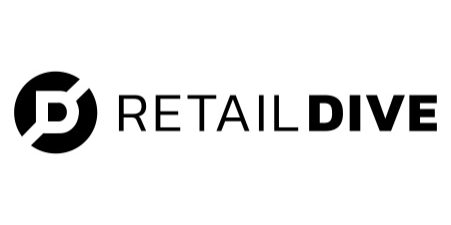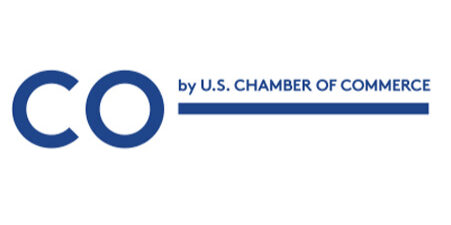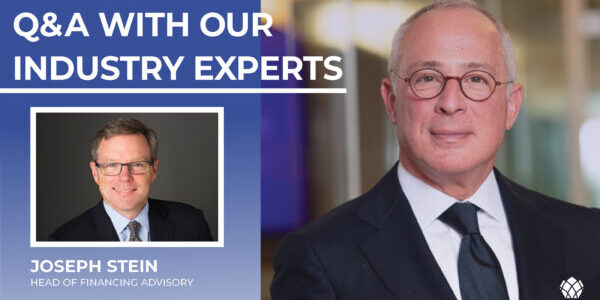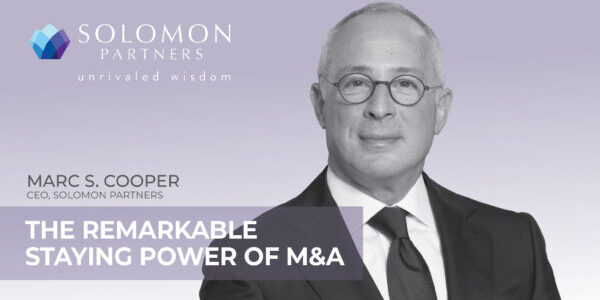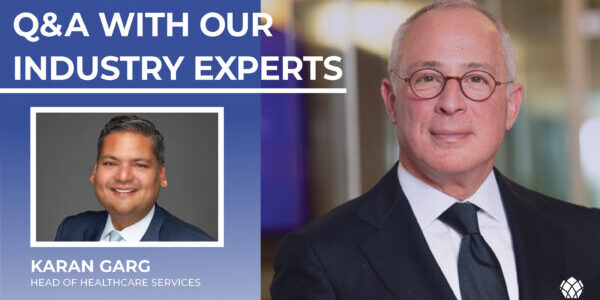Perspectives – Marc Cooper – October 2022
Why the Hybrid Environment Works for Us: It’s a Mindset
by CEO Marc S. Cooper
As the pandemic recedes into the past, one thing is certain: when it comes to our work lives, there’s probably no going back to the way things were. The grinding, daily commutes and marathon workdays at the office now seem as outdated as the two-martini lunch. Knowledge industry workers, as well as employees across a broad swathe of the U.S. economy, want more flexibility and control over their lives, which the hybrid model enables. In many respects, this trend really began long before the Age of COVID.
It’s partly a function of the arrival of high-speed broadband and video-conferencing apps that have made complex, collaborative work possible outside the office. It also reflects a generational shift of employees that want to ensure more of a balance in their lives.
As the chief executive officer of an expanding New York investment bank, we leaned into a hybrid work model rather early. While we adopted this initially out of necessity, it became clear that our firm needed a steady state model to reflect this changing reality. We also sensed that it meant upending some cherished notions about managing a financial services firm.
Designing a productive hybrid workplace involves way more than just rolling out a flexible work schedule and introducing open desk assignments. It’s a mindset. To succeed, this new way of work needed to be embedded into the fabric of our firm’s operations and culture. This required thinking holistically and intentionally.
As we transitioned to a new workplace model, we took a prescriptive approach to generate connectivity amongst bankers at all levels to encourage relationship building and development. Priority was placed on retaining a strong sense of camaraderie and ways to replace the spontaneity associated with being in-office and the proverbial water cooler encounter.
With facetime as a foregone concept, we started to think about who really needed to be in the office; what the right frequency would be; and how we could optimize everyone’s time. Junior bankers were encouraged to work in-office three days a week, to not only learn and develop from each other, but to partake in high-touch programs focused on skill building, networking, and career pathing.
Senior bankers (like yours truly), who tend to spend more time cultivating client relationships and transacting deals outside of the workplace, gave up their permanent offices, leaned in to desk sharing, and were asked to maintain an in-person cadence that supports nurturing talent. In my experience, the best bankers tend to be self-driven and will chase deals and work productively regardless of their location. In fact, I feel the arduous exercise of a formerly typical workday can at times lead to a false sense of accomplishment.
While mindset is paramount, it’s not enough. We supported this effort by retrofitting our offices to add more collaborative workspaces and designed them for video meetings. We invested heavily in cloud-computing capacity and remote IT packages for employees to be as efficient at home as they are in the office.
All of this is quite the departure from traditional industry norms. Investment banking has a reputation for being extremely competitive, even a little Darwinian. Traditionally, young bankers would put in massive hours at the office, gain expertise, and then claw their way up the leadership ladder. Some individuals thrive in this type of environment, others less so. And while we may have lost some top talent over the years due to environment alone, perhaps the hybrid model will allow us to retain such individuals who seek a more balanced environment.
We all know investment banking remains an intellectually challenging field with tough deadlines, client deliverables, and, yes, occasionally late nights. This isn’t Club Med, after all. That said, you don’t have to be tethered to your desk or impose meaningful sacrifices on your personal life to be a conscientious and high-performing employee.
So, how will this all turn out? I will be the first to admit, we are still in an experimental phase that will take years to fully assess. But for now, I’m cautiously optimistic. As long as the hybrid environment continues to increase productivity, evoke employee enthusiasm, and improve work-life balance, I see no reason to turn back.

